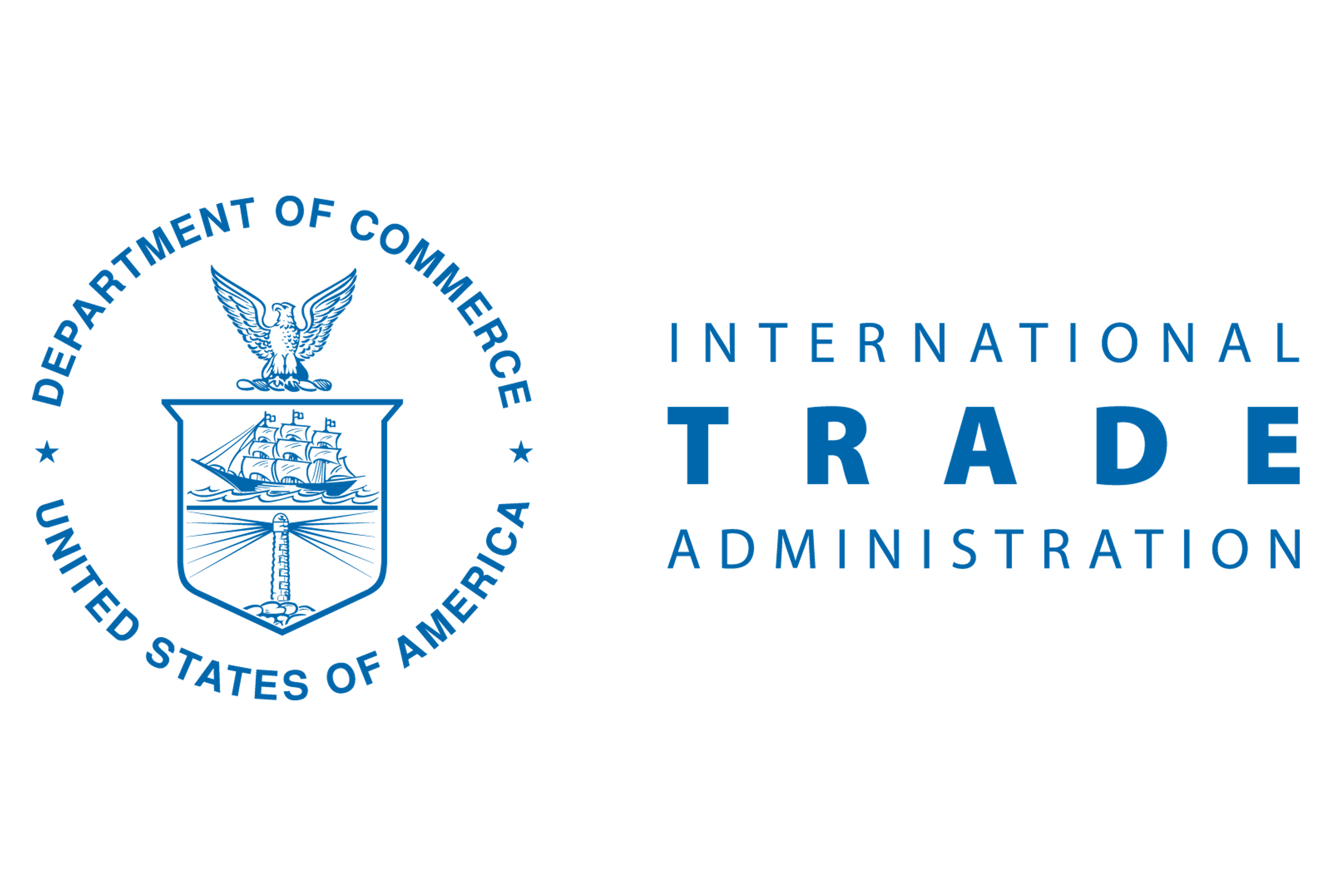Analysis

July 5, 2022
Final Thoughts
Written by Michael Cowden
Is this a case of the summer doldrums or something more serious?
That might be a more important question to answer than where the bottom is and when we might hit it.
 But first let’s start with a recap of where prices landed this week. SMU’s hot-rolled coil price is now at $955 per ton ($47.75 per cwt), down $525 per ton (35%) from a mid-April peak of $1,480 per ton and marking our lowest point since mid-December 2020.
But first let’s start with a recap of where prices landed this week. SMU’s hot-rolled coil price is now at $955 per ton ($47.75 per cwt), down $525 per ton (35%) from a mid-April peak of $1,480 per ton and marking our lowest point since mid-December 2020.
If there is a silver lining in that, it’s that prices didn’t fall as quickly on the way down as they spiked on the way up after Russian forces invaded Ukraine in late February.
Spreads between highs and lows remained wide, with some sources reporting HRC prices around $1,000 per ton while others reported price at around $900 per ton – and still others noted that material in the $800s per ton was not out of the question.
A lot depends on region, mill and on volume. As is usually the case, big tons can attract a big discount. And that impact might be amplified over the typically slower summer months when buyers are more hesitant to place large orders – especially amid falling prices.
Some domestic electric-arc furnaces, we’re told, are still trying to book out July – and they’re willing to cut deals to do so. And the southern US, especially the area along the US-Mexico border, is increasingly competitive with domestic EAF producers facing stiff competition from new or restarted capacity in Mexico.
Recall that the US is typically a net exporter of sheet to Mexico. But Mexican mills, some of which are increasingly sophisticated, aren’t keen to give up market share – not in their home markets and not abroad either.
Recall too that new capacity isn’t just theoretical anymore. It is largely here. Whether that be at SDI Sinton, at Ternium, at Nucor Gallatin, or at North Star BlueScope. Did mills invest hundreds of millions, in some cases billions, not to make and sell steel? We think not.
The immediate problem is that there appears to be more supply than demand. And that will likely remain the case for this month and into August. The question is whether demand rebounds in the fall.
That’s where I’ll loop back to the war in Ukraine. Europe is facing a real crisis already when it comes to ballooning energy costs – and the crisis is not just for manufacturers but for ordinary people as well. It’s summer now. What happens when winter comes?
Also, it’s unusual to see energy costs ballooning when steel prices are falling. European steelmakers and smelters have been facing that squeeze for a while now. Yes, the US is insulated in having ample domestic oil and natural gas production – something Germany, Europe’s manufacturing powerhouse, could only dream of. But it would be reckless to ignore the fact that what happens in Europe often happens here on a bit of a lag.
True, energy prices were high and trucks, trains and barges hard to come by last year. But HRC prices were on their way to nearly $2,000 per ton last year – which meant that higher costs could be absorbed without causing too much trouble.
HRC prices are now roughly half what they were last summer, which means higher fuel prices and logistical snarls are not so easy to digest. We’ve written a lot about the potential for strikes or lockouts to create trouble this summer. It will be just as an important to keep an eye on energy costs and the availability of flatbed trucks, rail cars and barges.
PS – We hope you all had a safe and happy Independence Day and Canada Day celebrations. And we thank you for your continued interest in SMU.
By Michael Cowden, Michael@SteelMarketUpdate.com







